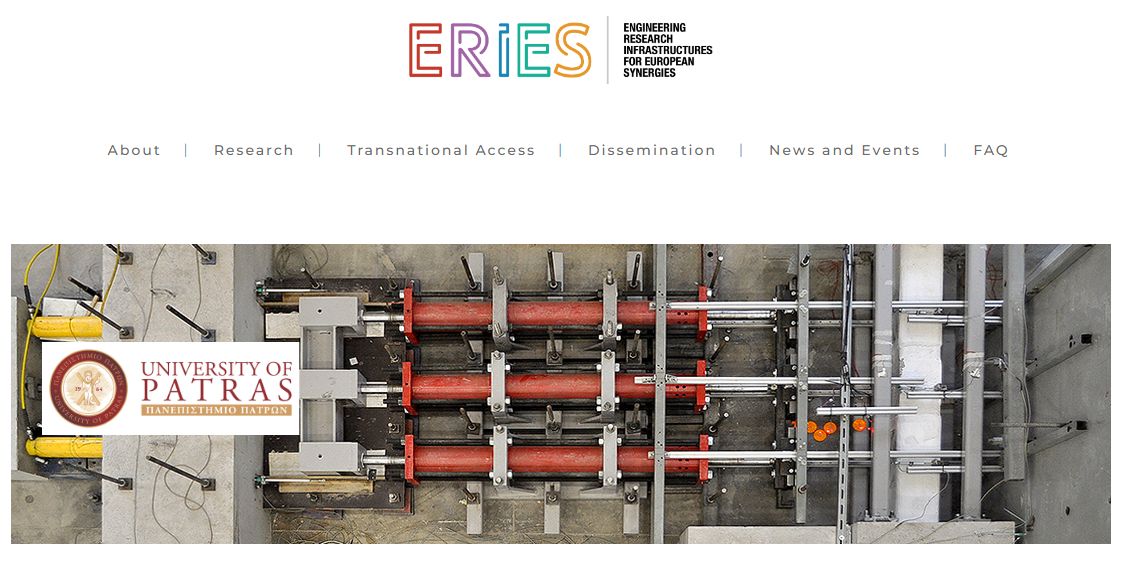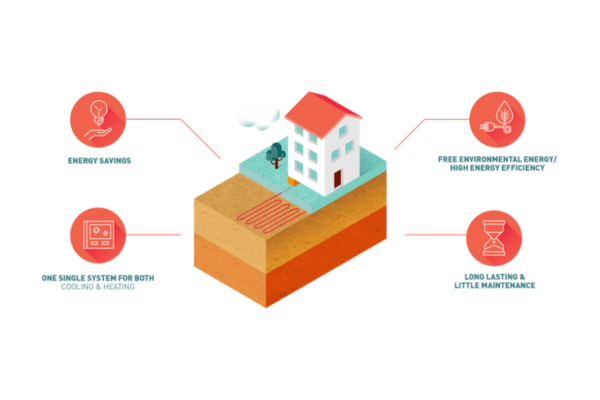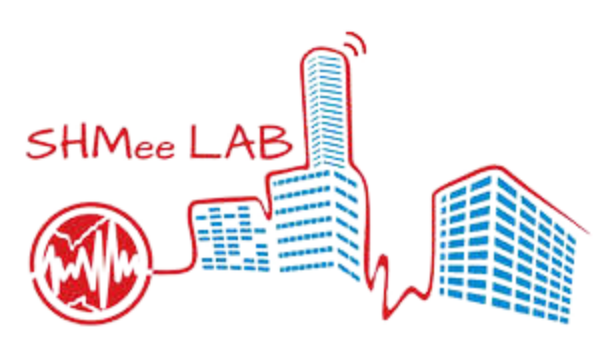
ERIES - VERDI: Vibration-based post-Earthquake Rapid Damage Identification in historic masonry towers
Click for the extended description
The European Union (EU) recognises Tangible Cultural Heritage (CH) as an invaluable economic asset and an identity factor, whose protection and transmission to future generations must be regarded as a national and international duty. Therefore, the development of good practices in CH preventive conservation remains the core of Governments’ greatest priorities, aiming at improving CH preparedness to future earthquakes and threats. Neglection of the assets and poor attention to risk mitigation in the long term require expensive remedial measures for stabilization, repair, strengthening and rehabilitation, especially against seismic hazard. Preventive conservation, instead, stands out as the most cost-effective strategy, although applications to CH are still rare and more research is needed. Preventive conservation aims at reducing the probability of failure by scheduling maintenance and interventions according to prescribed criteria based on performance monitoring. Remedial measures are planned and prioritised according to the predicted evolution of the condition, ensuring the sustainability of the historic assets, saving time and optimising the scarce resource allocation. Human error in this estimation process should be prevented as much as possible by defining clear performance metrics as well as automatic and repeatable methods and tools for the assessment. In this context, vibration-based SHM can play a leading role given its potential for real-time DI and condition screening both during earthquakes and in-service conditions. As most heritage structures are made of masonry, providing a reliable early-warning DI strategy for this material is the main challenge addressed by the present project, which indeed aims at advancing scientific knowledge for damage localization in earthquake-excited slender masonry buildings – one of the most vulnerable categories among world heritage structures, while shedding light upon their seismic behaviour. To this end, two SHM methods are proposed:
- A physics-based digital twinning method addressing the damage localization task by estimating the most probable damage scenario from vibration data recorded during seismic events and based on pre-generated Incremental Dynamic Analysis (IDA) curves. This method requires a lower number of sensors, but higher computational efforts.
- A data-driven method aimed at localizing damage from changes in elastic wave velocities estimated from earthquake response records. This method relies on a denser sensor network but requires little computational efforts.
The afore-mentioned methods will be validated using laboratory SHM data collected through shaking table tests. Object of the experimental investigation is a masonry tower inserted in a building aggregate, which represents one of the most widespread typologies of the architectural heritage across Europe. The geometrical and material characteristics of the prototype will reflect the typical features of European slender masonry buildings, allowing to extract generalizable conclusions about the seismic behaviour of this building typology under different seismic inputs, to analyse its interaction with the building aggregate, and evaluate the effectiveness and scalability of the proposed DI methods. Numerical simulations will be also performed to verify the experimental outcome, to create baseline information and to prove the generalizability of the results to other building typologies. The final aim is to enhance the seismic protection of critical built heritage and ensure higher life-safety standards. The reliability of the methods and the characteristics of the needed instrumentation (number, location, costs of the sensor network) will be analysed in order to make SHM and preventive conservation affordable not only to few singular cases but to a large number of historic masonry buildings, which constitute a significant percentage of the assets exposed to moderate and high seismic hazard in Europe. Finally, to validate the DI methods against real field data, the experimental results observed in the specimen will be compared with those obtained from the SHM data collected and analysed by UNIPG since 2017 on a real case study located in Perugia (Italy), the Sciri Tower, whose geometric properties are comparable with those of the mock-up. The experimental data from the mock-up and the real tower will be made available to the scientific community, offering a unique benchmark case study to explore new SHM methods, including cutting-edge artificial intelligence (AI) techniques such as transfer learning (from laboratory mock-ups to real in-operation assets).
Approved under the European program "ERIES: Engineering Research Infrastructures for European Synergies (2022-2026)," funded within the Horizon Europe Framework Programme Ref: 101058684-HORIZON-INFRA-2021-SERV-01-07. From 2023 to present. PI of the UniPG Research Unit: Filippo Ubertini.

S-RePaIR: Smart Restoration with Particle Infused Repointing
Click for the extended description
S-RePaIR MSCA Postdoctoral Fellowship funded by the European Union’s Horizon 2020 research and innovation programme under the Marie Skłodowska-Curie grant agreement No. 101023384. Prof. Filippo Ubertini is co-supervisor of Fellow secondment at UNIPG.

HERACLES: HEritage Resilience Against CLimate Events on Site
Click for the extended description
Funding source: European Commission (Brussels, Belgium), from 2016 to 2019, Amount € 6.564.313, Grant Agreement No: 700395. Principal Investigator of partner institution (UNIPG): Prof. Filippo Ubertini.

SAFERUP!: Sustainable, Accessible, Safe, Resilient and Smart Urban Pavements
Click for the extended description
Urban pavements comprise almost 40% of European cities and are the main means by which people travel every day. Urban pavements must accommodate all users in the most efficient, safe, sustainable and smart way. A key factor to increase the liveability of tomorrow’s Smart cities will be transforming the way urban pavements are perceived, designed, built, maintained and function. SAFERUP! aims to provide cities with innovative solutions that will form the future urban paved environment, by training talented researchers in the fields of: smart, recycled and durable paving materials; provision for vulnerable users (e.g. elderly & disabled) accessibility and protection; studying user behaviour; life cycle analysis; wash-off water management and bioremediation; tempered and acoustic pavements; energy harvesting and self sensing technologies. The SAFERUP! Consortium believes in this future and has created a unique team of world leading commercial and academic research engineers and scientists, with the diverse range of expertise needed to develop the novel solutions required to deliver this future and its anticipated benefits. Fifteen ESRs will undertake their PhDs in a research and training programme designed to optimise their multidisciplinary and cross-sectoral experience through secondments and a variety of SAFERUP!-wide fora. All ESRs’ projects are interrelated and considerable synergies, trans-project contributions and collaborations will occur. A key focus of the training will be career planning, entrepreneurship and skills development in particular communication. SAFERUP! participants with communication expertise will develop the communication and dissemination strategy to maximise the exploitation of the developed solutions. SAFERUP! will create a new generation of professionals with multidisciplinary expertise in urban pavements and allied fields appealing to employers, who will expand the social benefits of the new urban pavements well beyond the end of SAFERUP!
Funding source: European Commission, from 2018 to 2022, Amount € 3.878.869, Grant Agreement No: 765057.
Principal Investigator of partner institution (UNIPG): Prof. Filippo Ubertini.

GEOFIT - Deployment of novel GEOthermal systems, technologies, and tools for energy efficient building retrofitting
Click for the extended description
The innovation project Geofit is developing a holistic and novel approach to geothermal retrofitting, which is cost-competitive, easy to install, and capable of providing efficient low-temperature heating & high-temperature cooling by using the most innovative tools and methods.
Funding source: Horizon 2020 programme, from 2018 to 2022, Amount €457375 (UniPG), Grant No: 792210. Principal Investigator: Prof. A.L. Pisello.
Website: GEOFIT UniPG



